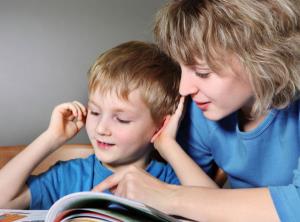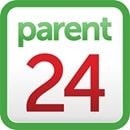
The tried and tested method for learning to spell is the trace, copy and recall method. Here is the low-down on the exact method:
- Take a piece of paper and divide it into three columns.
- The first column is the trace column where you (for Grades 1 and 2) or the child (for Grades 3 and above) write the spelling word.
- The second column will be the “copy” column.
- The third column will be the “recall” column, which you will fold and flap over so that you cannot see the other two columns.
What to do
- Get your child to read the word out loud, sound it out phonetically, and then say the word again (Mat. m-a-t. mat).
- Your child must then copy the word that she can see, sounding out each phonic as she writes it.
- Then, while the rhythm and sound are still fresh in your child’s mind, she flips over the paper to the recall column, writes the word again, sounding it out in the same way (Mat. m-a-t. mat).
- Your child now checks back to see whether she has spelled the word correctly.
- To encourage her confidence, don’t mark words right or wrong, but tick or cross each letter. That way you can praise what she did correctly, and see where the difficulty is with the word.
“This method uses more than one sense, and your child will gain greater learning because she is applying the word in more than one avenue for the brain,” says Heather Davies, Grade R educator at Parkview Junior Primary.
If there is a word your child just cannot get, Davies recommends taking it off the page, and introducing a third sense. “Using auditory, visual and kinesthetic senses often remediates the spelling quicker than writing repetitively,” she comments.
She recommends that the parent sounds out the letters of the word phonetically and has the child trace the letters in a rougher texture like a wooden table, a sandbox or on sandpaper with a finger.
“For older children who are learning words that they just can’t get, mnemonics can assist,” comments Michael Tyner, founder of Karmichael Education.
It is important to encourage your child to think the mnemonic up herself as these will be the ones that she remembers. So, for example, “beautiful” could be remembered by saying “be – a – utiful” person” Or “armour” could be remembered by saying “we arm – our selves”.




 Publications
Publications
 Partners
Partners














